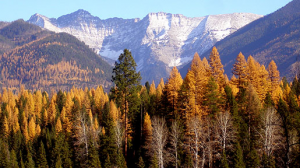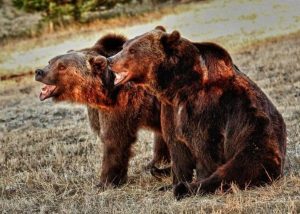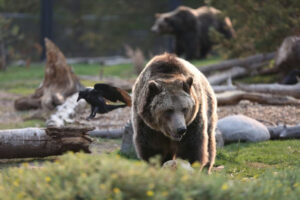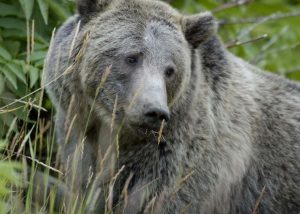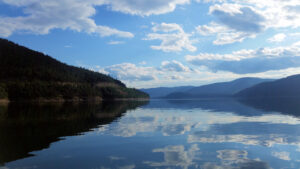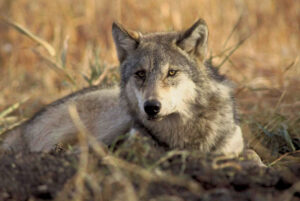
Wolf trapping in Montana got curtailed in those areas with grizzly bear populations . . .
A federal judge in Missoula issued an order late Tuesday afternoon that will limit Montana’s wolf trapping season to Jan. 1 to Feb. 15 next year in hunting Regions 1 through 5 and three counties along the north-central border, citing the possibility that threatened grizzly bears get caught in wolf traps or snares.
U.S. District Court Judge Donald Molloy’s order granting a preliminary injunction in the case came less than 30 hours after he heard arguments from the plaintiffs – the Flathead-Lolo-Bitterroot Citizens Task Force and WildEarth Guardians – and the state over whether he should grant the injunction. The State of Montana, Gov. Greg Gianforte, and Fish and Wildlife Commission Chair Lesley Robinson are the named defendants in the suit.
In his order, he sided with the plaintiffs on most of the points raised at Monday’s hourlong hearing, saying the traps could indeed injure a grizzly, that any capture of a grizzly is considered an illegal “take” under the Endangered Species Act, and that limiting the wolf trapping season to those six weeks would also limit the potential for any grizzlies to be caught in traps.
